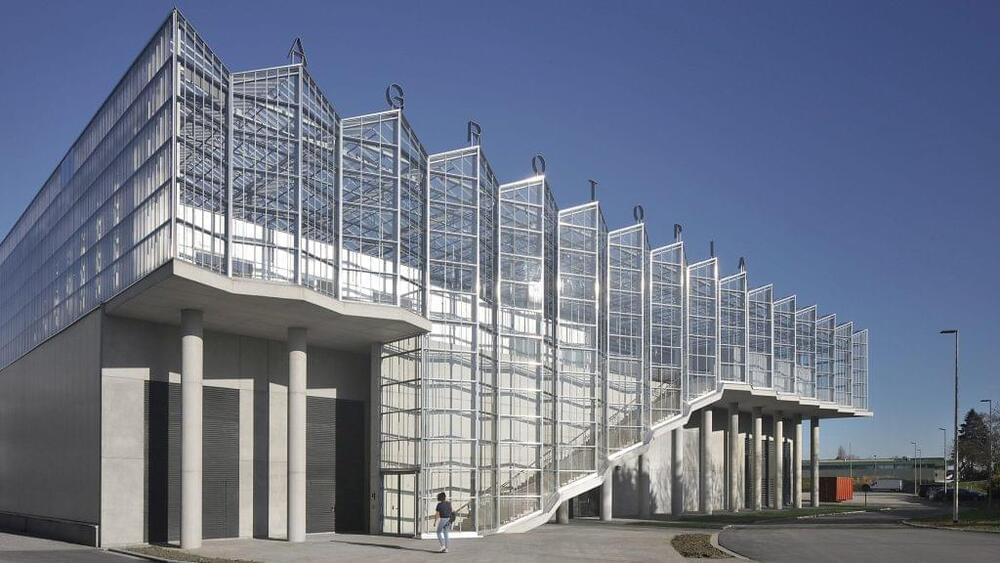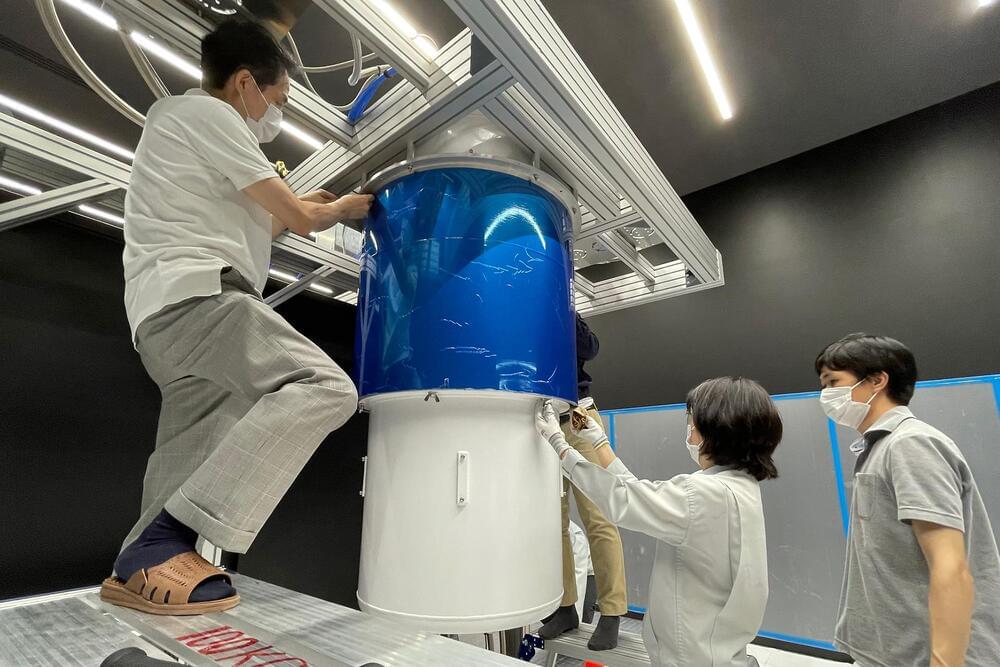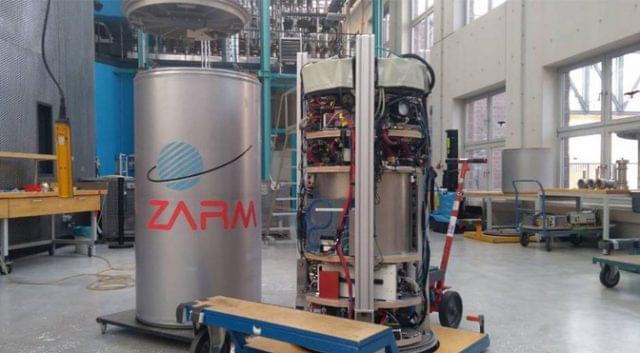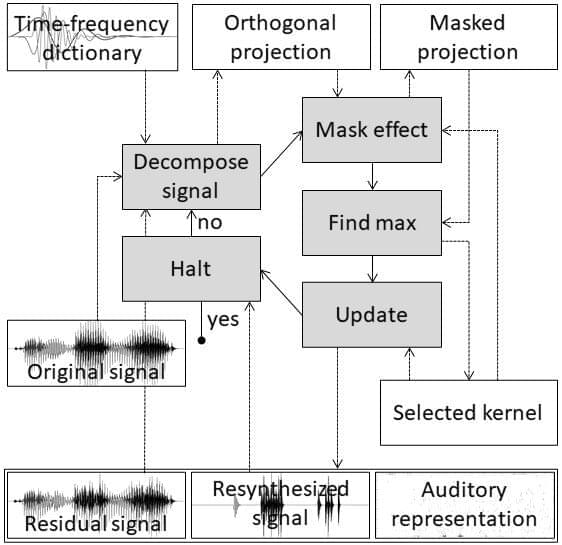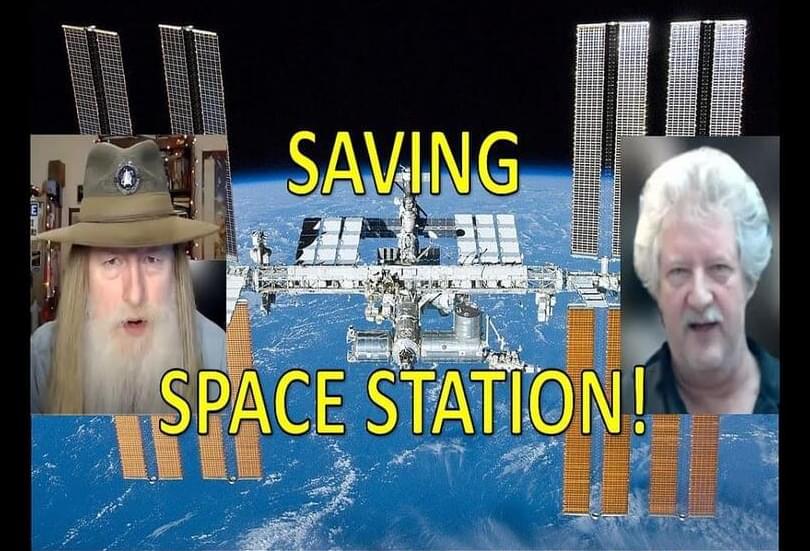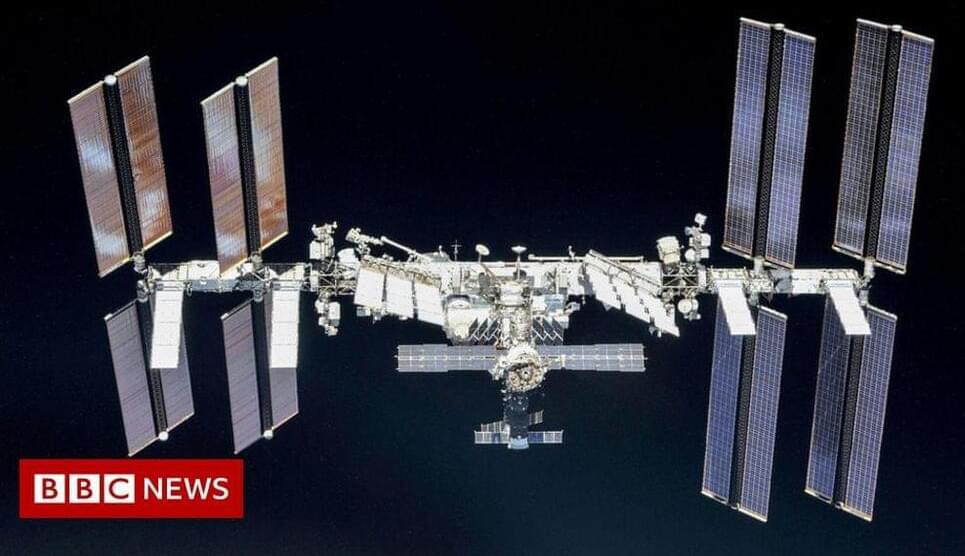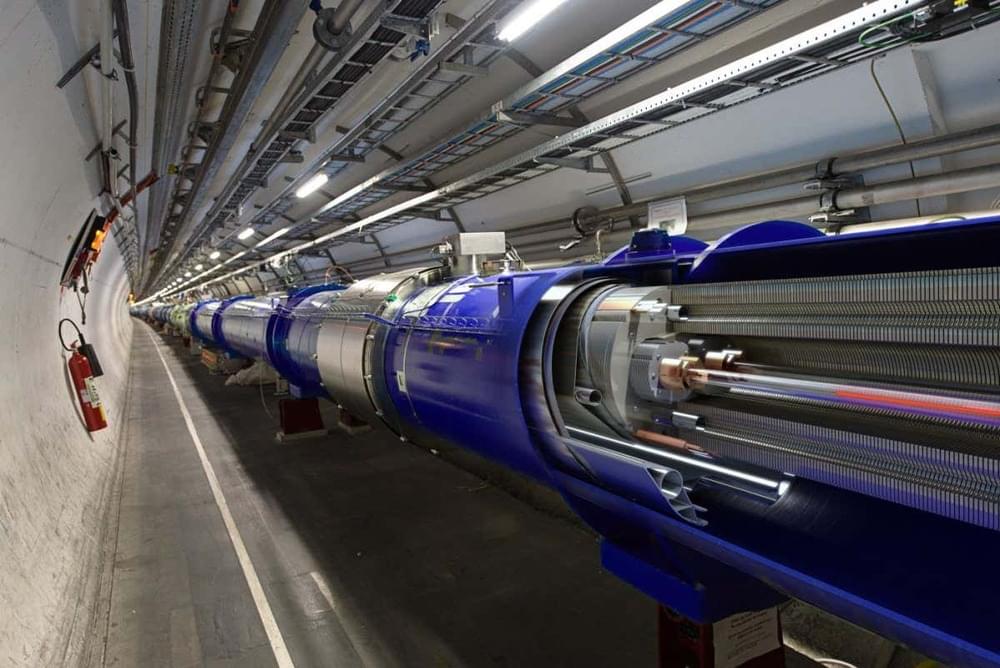🐜.
Meta Architectuurbureau and Van Bergen Kolpa Architecten have designed Agrotopia, a greenhouse in Belgium that was added to the roof of an agricultural market to create an urban food production centre.
Located in the city of Roeselare, Agrotopia is Europe’s largest public building for urban food production and will be used to both farm food and educate the public about agriculture.
The 9,500-square-metre greenhouse was built on top of the REO Veiling agricultural auction market. It was commissioned by REO Veiling together with Flemish farming and horticulture research institute Inagro.
Quantum computing is still rare enough that merely installing a system in a country is a breakthrough, and IBM is taking advantage of that novelty. The company has forged a partnership with the Canadian province of Quebec to install what it says is Canada’s first universal quantum computer. The five-year deal will see IBM install a Quantum System One as part of a Quebec-IBM Discovery Accelerator project tackling scientific and commercial challenges.
The team-up will see IBM and the Quebec government foster microelectronics work, including progress in chip packaging thanks to an existing IBM facility in the province. The two also plan to show how quantum and classical computers can work together to address scientific challenges, and expect quantum-powered AI to help discover new medicines and materials.
IBM didn’t say exactly when it would install the quantum computer. However, it will be just the fifth Quantum One installation planned by 2023 following similar partnerships in Germany, Japan, South Korea and the US. Canada is joining a relatively exclusive club, then.
As far as we can tell from modern science, there’s no upper limit to temperature. There sure is a lower limit, though. We call that absolute zero, measured as −273.15 °C (−459.67 °F). Scientists have yet to reach that limit in any experiment, but they’re getting close. A team of physicists in Germany has gotten closer than ever before, reaching a temperature of 38 trillionths of a degree from absolute zero, according to New Atlas.
This news might sound familiar because it is — scientists have inched closer to absolute zero on numerous occasions. A few years ago, MIT created what was at the time the coldest spot in the universe with sodium and potassium atoms. The International Space Station has also conducted experiments within a fraction of a degree of absolute zero. The problem is that no matter how well insulated your testing setup is, a tiny amount of energy always sneaks in from the environment. When that happens, you can’t reach absolute zero and halt all atomic motion.
The team from the University of Bremen broke the record once again by dropping the experiment (above) from the top of a very tall tower. Yes, really. They started with a cloud of 100,000 rubidium atoms, which were confined inside a magnetic field. When cooled, the atoms clump together and form a mysterious state of matter known as a Bose-Einstein condensate. In this state, the atoms act like one giant atom, making quantum effects visible at the macroscopic scale.
When your net worth depends on the stock value of a company.
Feb 3 (Reuters) — Mark Zuckerberg lost $29 billion in net worth on Thursday as Meta Platforms Inc’s (FB.O) stock marked a record one-day plunge, while fellow billionaire Jeff Bezos was set to add $20 billion to his personal valuation after Amazon’s blockbuster earnings.
Meta’s stock fell 26%, erasing more than $200 billion in the biggest ever single-day market value wipeout for a U.S. company. That pulled down founder and Chief Executive Officer Zuckerberg’s net worth to $85 billion, according to Forbes.
Zuckerberg owns about 12.8% of the tech behemoth formerly known as Facebook.
Speech is more than just a form of communication. A person’s voice conveys emotions and personality and is a unique trait we can recognize. Our use of speech as a primary means of communication is a key reason for the development of voice assistants in smart devices and technology. Typically, virtual assistants analyze speech and respond to queries by converting the received speech signals into a model they can understand and process to generate a valid response. However, they often have difficulty capturing and incorporating the complexities of human speech and end up sounding very unnatural.
Now, in a study published in the journal IEEE Access, Professor Masashi Unoki from Japan Advanced Institute of Science and Technology (JAIST), and Dung Kim Tran, a doctoral course student at JAIST, have developed a system that can capture the information in speech signals similarly to how humans perceive speech.
“In humans, the auditory periphery converts the information contained in input speech signals into neural activity patterns (NAPs) that the brain can identify. To emulate this function, we used a matching pursuit algorithm to obtain sparse representations of speech signals, or signal representations with the minimum possible significant coefficients,” explains Prof. Unoki. “We then used psychoacoustic principles, such as the equivalent rectangular bandwidth scale, gammachirp function, and masking effects to ensure that the auditory sparse representations are similar to that of the NAPs.”
When the human brain learns something new, it adapts. But when artificial intelligence learns something new, it tends to forget information it already learned.
As companies use more and more data to improve how AI recognizes images, learns languages and carries out other complex tasks, a paper publishing in Science this week shows a way that computer chips could dynamically rewire themselves to take in new data like the brain does, helping AI to keep learning over time.
“The brains of living beings can continuously learn throughout their lifespan. We have now created an artificial platform for machines to learn throughout their lifespan,” said Shriram Ramanathan, a professor in Purdue University’s School of Materials Engineering who specializes in discovering how materials could mimic the brain to improve computing.
NASA wants to plunge the International Space Station (ISS) into the ocean in 2030. How can we save it?
You can support Galactic Gregs by supporting the sister channel Green Gregs by clicking the links below:
See the Special Deals at My Patriot Supply: www.PrepWithGreg.com.
Awesome deals for long term food supplies!
For gardening in your Lunar habitat Galactic Gregs has teamed up with True Leaf Market to bring you a great selection of seed for your planting. Check it out: http://www.pntrac.com/t/TUJGRklGSkJGTU1IS0hCRkpIRk1K
NASA said it hoped to create a “robust, American-led commercial economy in low-Earth orbit”.
NASA says the ISS will operate until 2030 before the agency hands over to commercial companies.
The strongest magnetic field ever measured anywhere in the universe has failed to produce detectable magnetic monopoles. These hypothetical particles are predicted by many calculations of possible phenomena beyond the standard model of particle physics, but more than a century of searching still hasn’t turned up any signs of them.
All magnets that we know of have at least two poles – typically a north and south pole – with opposite magnetic charges. However, some models of the universe predict that there should be particles with only a north or a south pole called magnetic monopoles. For example, the existence of magnetic monopoles would explain why electric charge is quantised, meaning it comes in packets with a minimum size.
Over the past century or so, researchers have searched for magnetic monopoles both in space and in the smash-ups of particles at colliders, but they haven’t been found yet. Igor Ostrovskiy at the University of Alabama and his colleagues looked for monopoles being produced by a proposed phenomenon called the Schwinger effect, wherein extremely powerful magnetic fields could spontaneously produce magnetic particles and their antiparticles.

